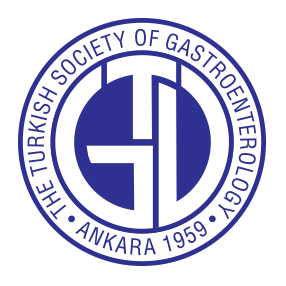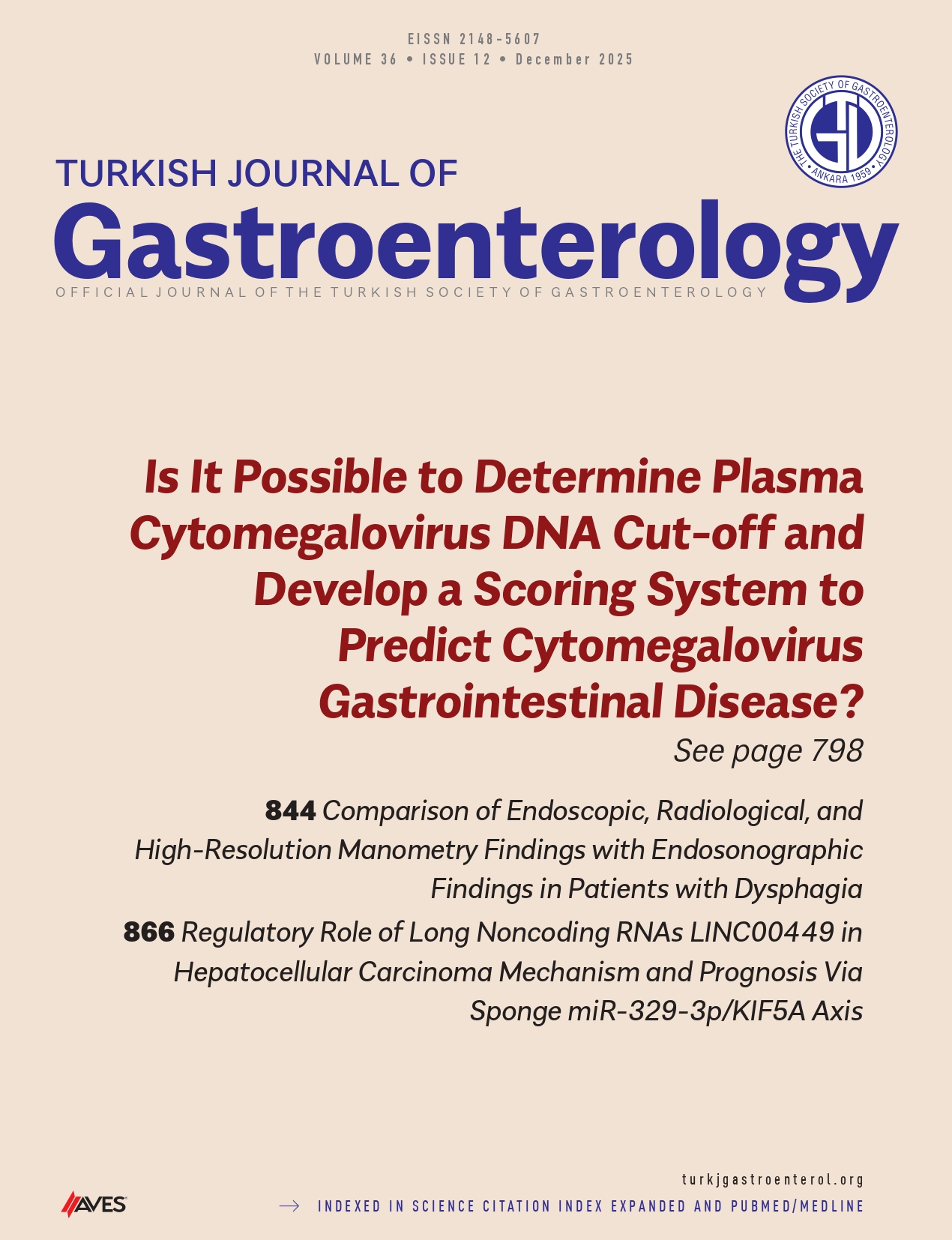Background/Aims: Limited research exists on predictors of portal vein thrombosis (PVT) during endoscopic therapy. This study aims to develop a nomogram, utilizing inflammatory markers, to predict the development of PVT within 2 years following endoscopic treatment in cirrhotic patients with severe gastroesophageal varices.
Materials and Methods: A retrospective analysis was conducted on clinical data from 127 patients who underwent endoscopic therapy for severe gastroesophageal varices or bleeding due to cirrhosis at Tianjin Third Central Hospital between January and December 2015, all of whom were free of PVT at baseline. Univariate and multivariate logistic regression models were applied to identify significant predictors. A nomogram for PVT occurrence was developed.
Results: Of the 127 patients, 20 developed PVT (PVT group), representing an incidence rate of 15.75% within 2 years. The remaining 107 patients did not develop PVT (non-PVT group). Multivariate logistic regression revealed that the model for end-stage liver disease score, monocyte-to-lymphocyte ratio (MLR), spleen diameter, and gastric varices sandwich therapy were independent predictors of PVT development. A nomogram was constructed, with the area under the receiver operating characteristic (ROC) curve (AUC) of 0.807 (95% CI: 0.703-0.911, P = .000) and a C-index of 0.807. The Hosmer-Lemeshow χ2 test score was 3.681 (P = .885). Bootstrap self-sampling confirmed the model’s excellent calibration, while the decision curve analysis (DCA) indicated a higher net benefit at higher risk thresh old probabilities.
Conclusion: A nomogram predicting PVT development in cirrhotic patients with severe gastroesophageal varices within 2 years of the first endoscopic intervention was successfully established using inflammatory markers. This model offers an effective tool for predicting PVT risk in this patient population.
Cite this article as: Zhou J, Niu L, Chen X, et al. Construction of a nomogram for portal vein thrombosis after endoscopic therapy of severe gastroesophageal varices in cirrhotic patients. Turk J Gastroenterol. Published online July 16, 2025. doi: 10.5152/tjg.2025.24398.




.png)
.png)